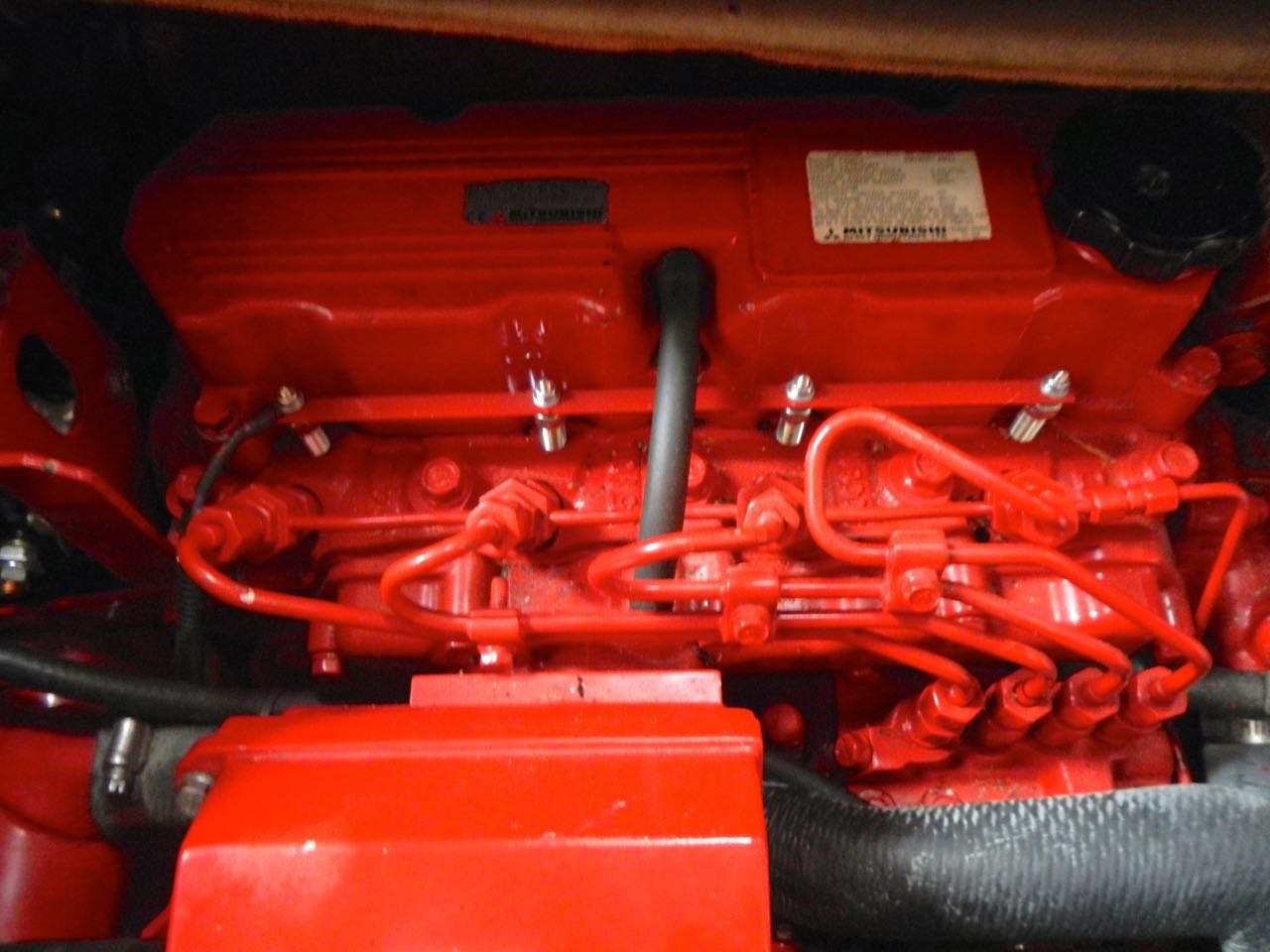This post originally appeared on Windborne in Puget Sound
If you're on a modern boat (and maybe even if you're not...), your running rigging is probably double braid line. And the chances are excellent that that each length of that double braid has an eye splice at one end. So here's the Big Question:
Have you ever made an eye splice in double braid?
I have made lots of them, and therefore can offer this advice to you: This is one of those jobs for which having the right tool makes all the difference.
 |
| First easy eye splice |
Up until the eye splice above, I had used a small tool set that I got at West Marine. I chose it primarily because it was inexpensive. And I made a lot of splices with it. None were easy. The directions were confusing (actually, I'm convinced they were flat wrong), and the tool was less than inadequate. But I got the splices made with the help of lots of beer, the mariner's task lubricant.
If you've ever attempted an eye splice in old line, you will know that it is nearly impossible. The line is stiff, is loaded with dried algae and salt, and has lost the lubricant the factory applies during it's construction.
And yet, I made the splice above in old line (actually some old 3/8" Stayset that used to run our furler). And I can say that this was the easiest eye splice I have ever made, bar none. Old line or new.
Why?
Because I had the right tool for the job.
And what tool, pray tell, is that?
 |
| The right tool for splicing braided line |
The right tool for splicing double braid is
Brion Toss's Splicing Wand. We picked one up when we made a pilgrimage to Brion Toss's rigging shop in Port Townsend, but you can order them online too.
Splicing with this tool is
nothing like using my old ones. How do I make the comparison? Let's try this: splicing double braid without this tool is like cutting a board with a hammer and a screw driver. You can do it, but it takes a lot longer, is a lot more work, and leaves you with a sub-optimal result.
 |
| The working end |
This is one of those devices that is so ingenious and yet so simple that you will wonder why it took so long for someone to think it up. How does it work? Brion's description says it best:
The Splicing Wand is basically a long tube containing a hidden snare. You slide the tool into the rope, grab the end you want to tuck, and slide the tool out. There's a specially-shaped tip on the tube, to keep you from snagging yarns along the way, an ingenious mechanism in the handle, to hold the tube in place while you work. You can clamp the tool in a vise if you want, leaving both hands free to deal with the rope, there's no taping or un-taping, no fid lengths to decipher, and very little physical effort needed to tuck.
If you have double braid line on your boat, you need this tool. I'll say it again: Using Brion's tool, splicing
old line was far easier than splicing
new line was with my old tools. I don't think I can say it any better than that.
Why don't you have one?

















































